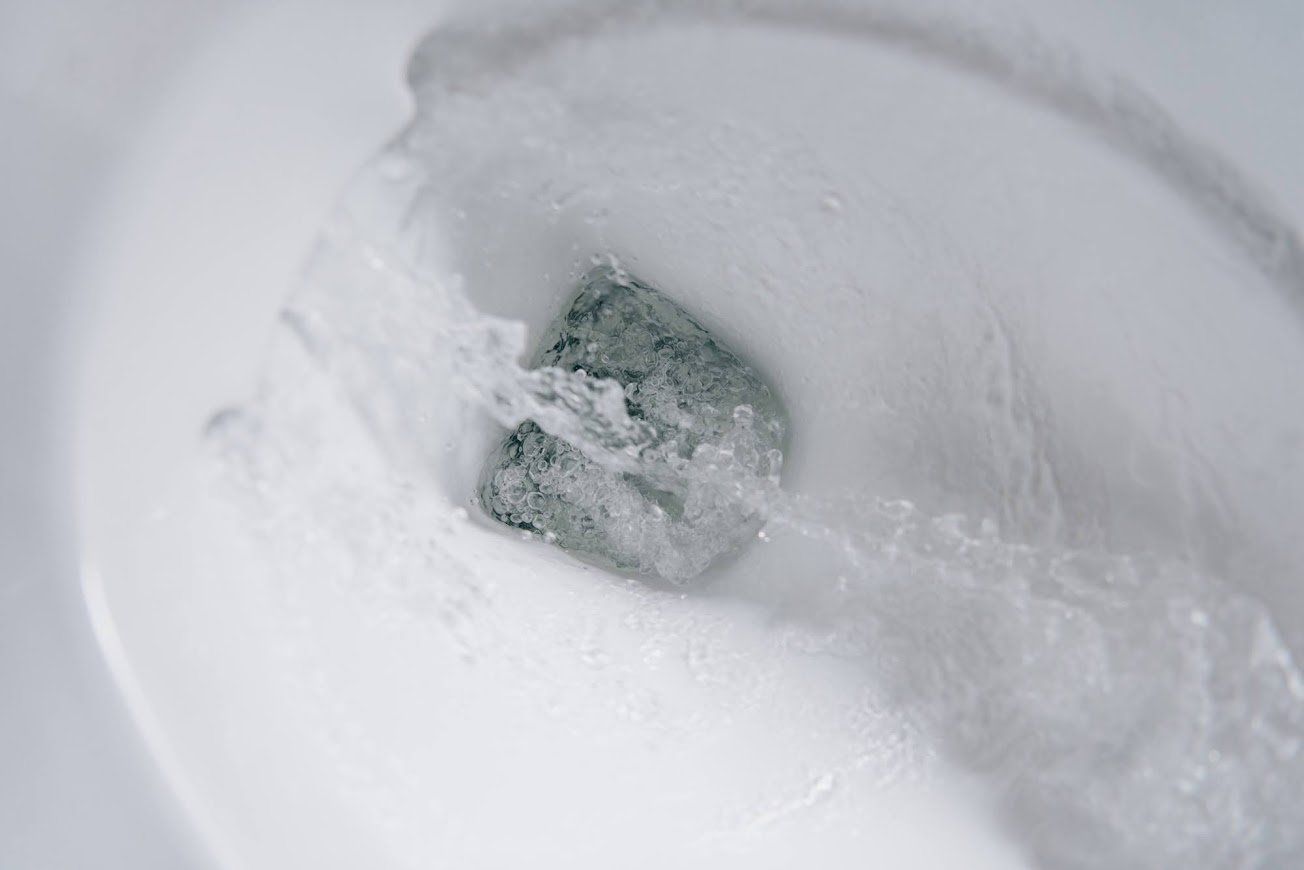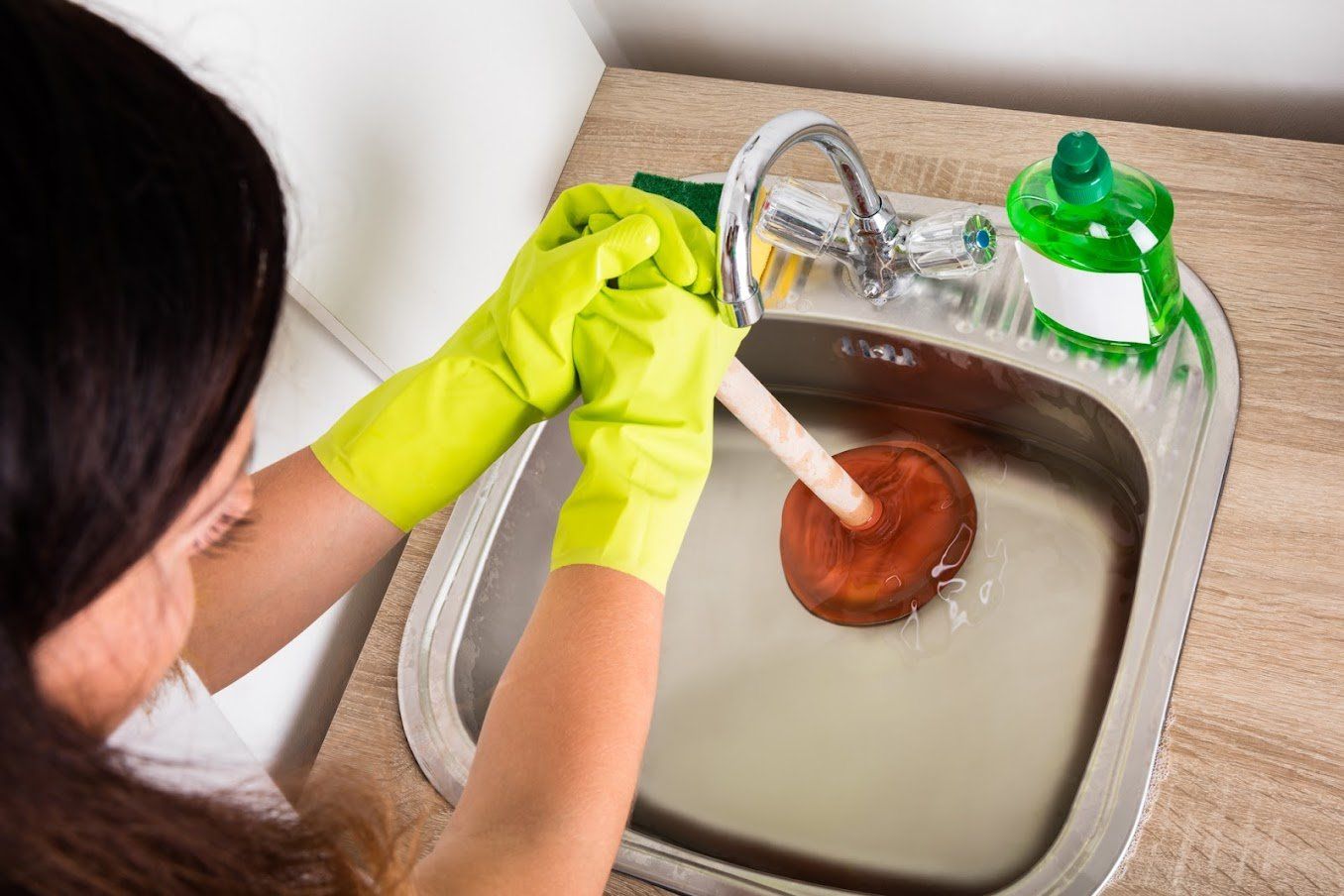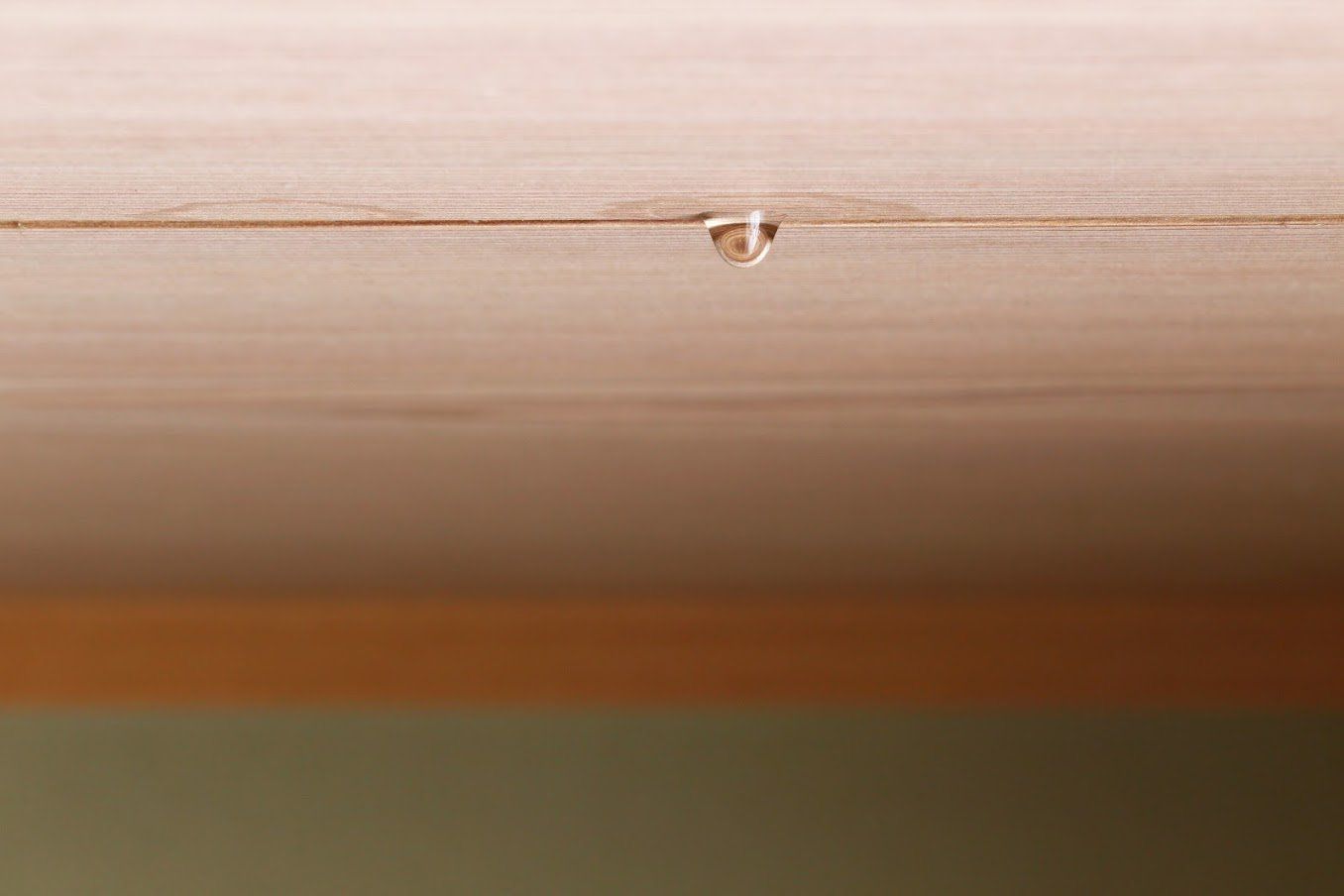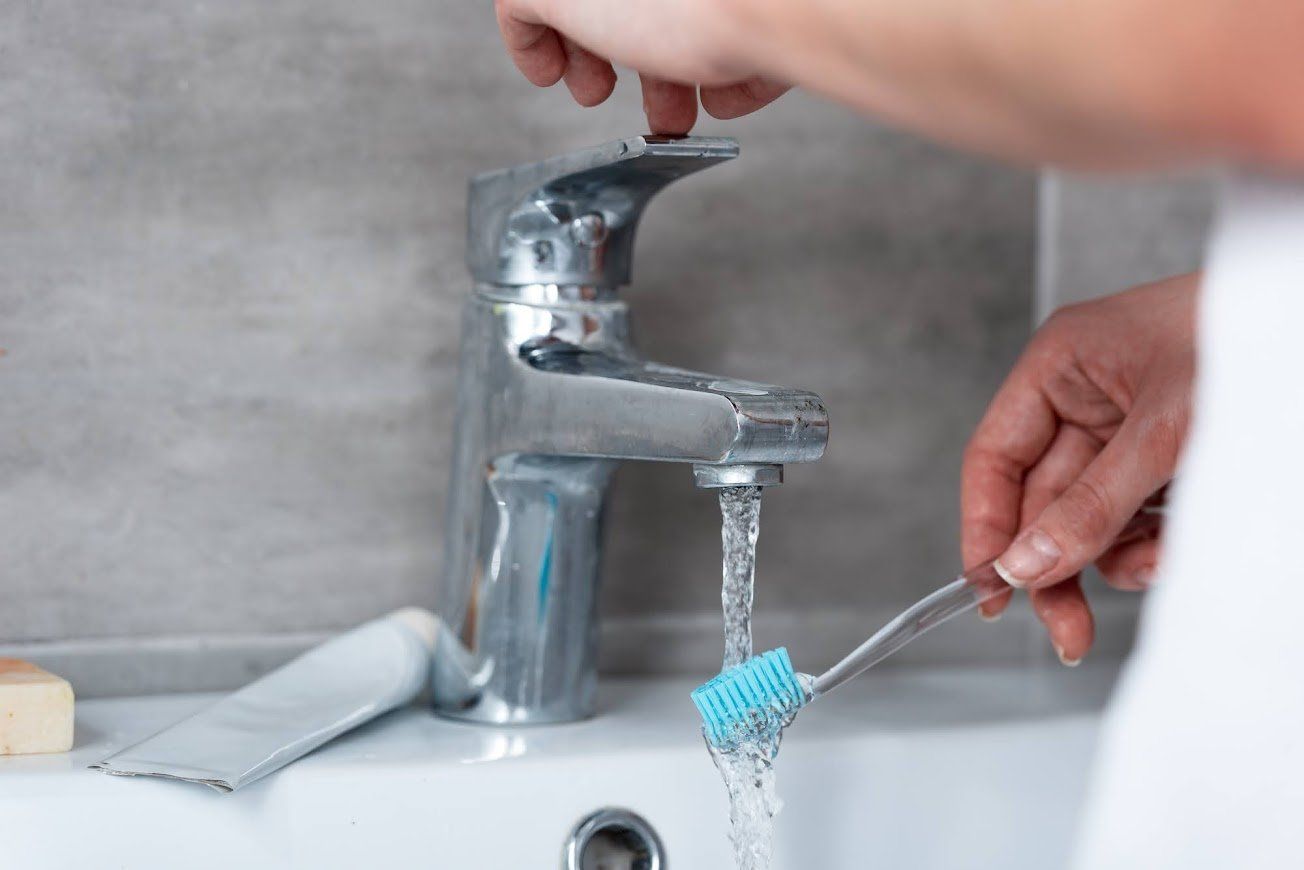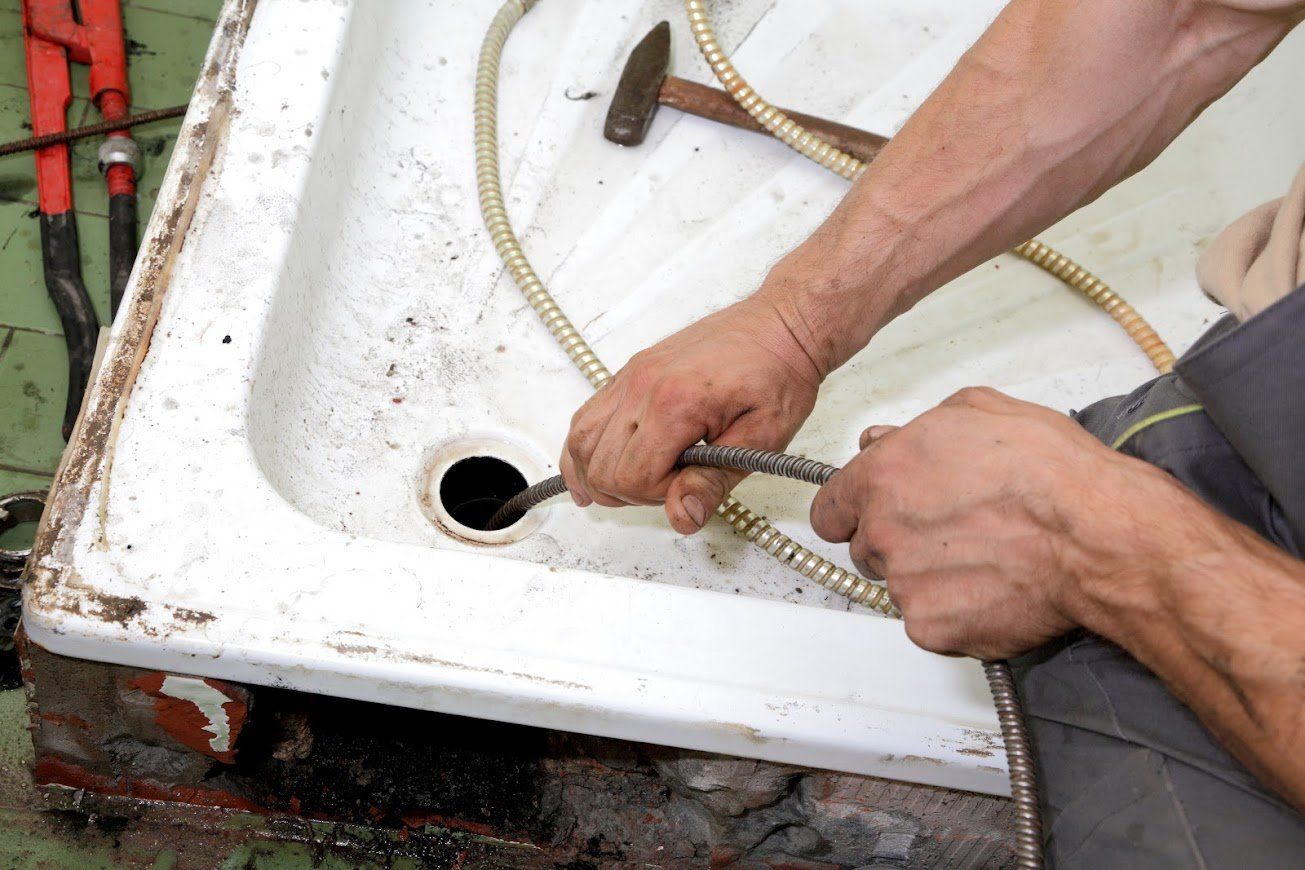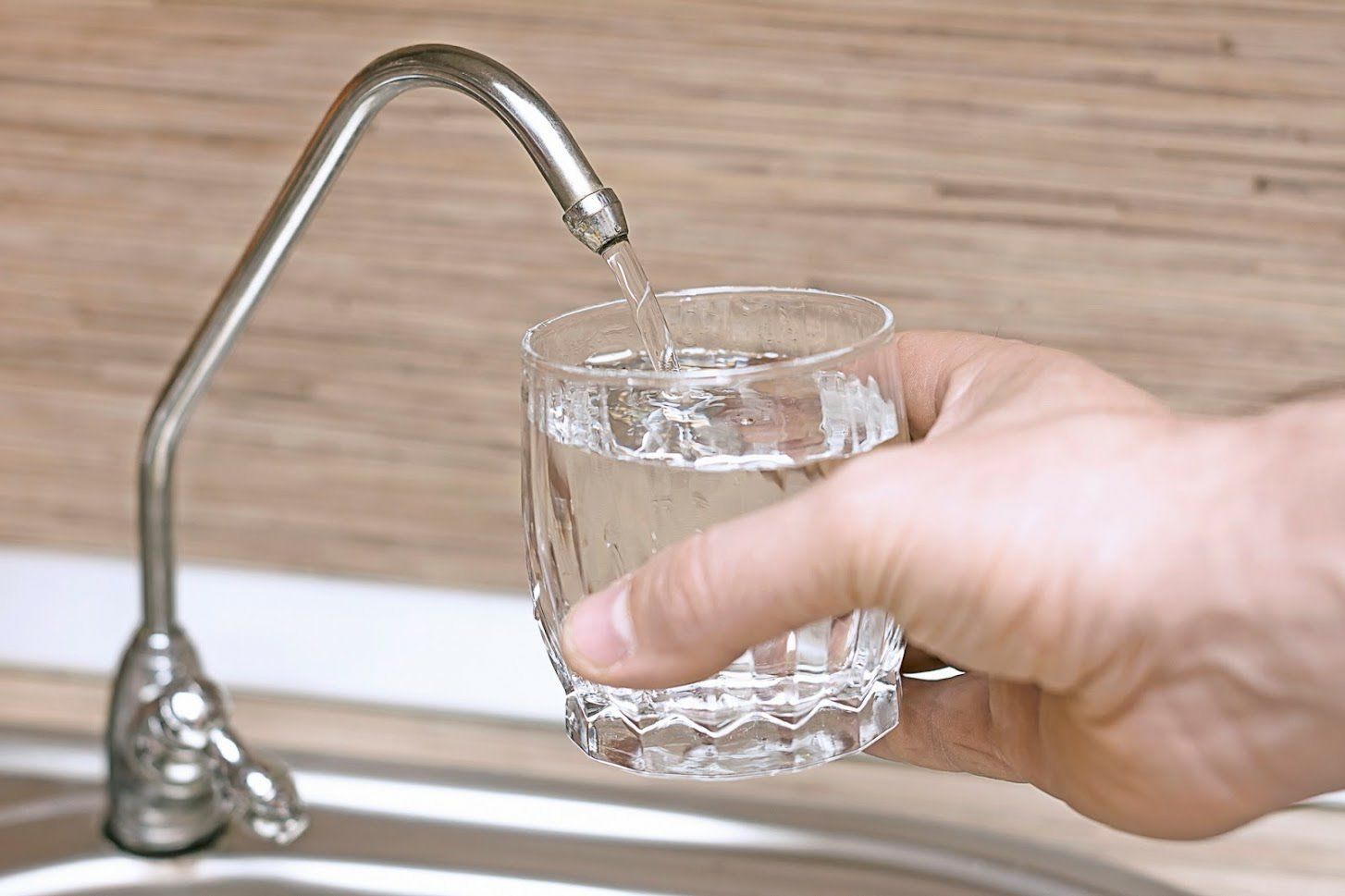3 Common Pipe Problems to Look Out For
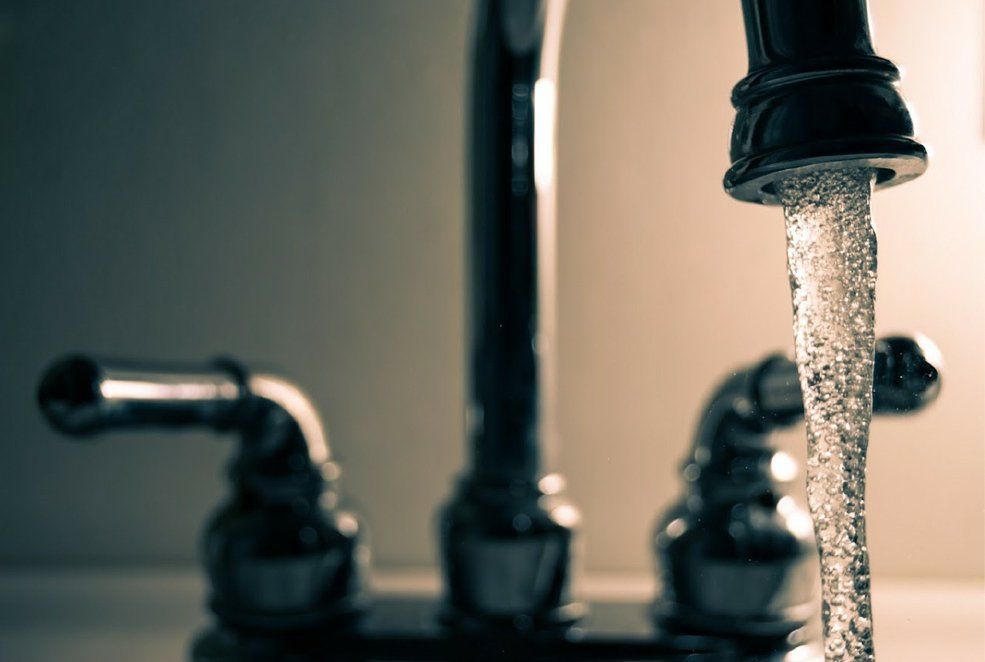
Most pipes are built to last, but they can eventually fail due to many factors. Unfortunately, damaged pipes may not always have obvious symptoms for the average homeowner to identify. By the time they're aware of a problem, the plumbing system's condition may already be too deteriorated.
Here is a list of common pipe issues to help you keep a close eye on your pipes' condition and avoid any surprise system failures.
1. Pipe Corrosion
Generally, older pipes are more susceptible to corrosion than newer ones. However, under the right conditions, even relatively new pipes can still wear out.
Water acidity or low pH value is a huge contributor to this problem. If your water supply has a low pH value, you might have reason to worry, especially if your pipes are made from copper.
If your water supply has a high pH value, copper pipes can form an oxide layer that significantly reduces the corrosion rate inside the pipes. But with a lower pH value, this protective oxide layer will dissolve and expose your pipes to gradual corrosion. You're likely to notice several pinhole leaks across several points in your plumbing system.
Additionally, if the water through your pipes has a high mineral content, your pipes are more vulnerable to chemical corrosion. As a result, the water that flows through your faucets may have a strong metallic smell.
Sometimes, the water could also be mildly or severely discolored, depending on the extent of corrosion.
2. Leaky Pipes
A leak in your plumbing system doesn't always mean you have burst pipes. Some leaks are a result of a broken water seal.
These seals are watertight and connect pipes to the plumbing fixtures in your home. As time passes, a seal can wear off and allow water to leak through. You may have to replace the damaged seal to protect against unnecessary water wastage and damage to your home.
Other times, a leak could occur if there's a loose threaded joint in your home. Your plumber could simply tighten the joint to stop the leakage. They could also use the epoxy paste to seal off the affected part. But if none of those options work, they may have to replace the entire joint.
Excessive water pressure can also be the reason behind leaky pipes. Typically, standard pipe fittings have a rated limit to specify the amount of water pressure they can handle. If the water pressure in your home exceeds this value, your pipes may give in the added strain. In some cases, the pipes can burst and give rise to major plumbing leaks.
Temperature variations may also strain your pipes due to repeated expansion and contraction. During the colder months, your pipes may contract under freezing temperatures. When the hot season sets in, the pipes can expand due to the higher temperatures.
Over time, the continuous expansion and contraction can weaken your pipes and leave them vulnerable to cracks. Luckily, frequent inspections can help detect any weak points that need your attention.
3. Noisy Pipes
Some pipes in your home may be fastened to the walls and ceilings during installation. However, these fasteners can suddenly come loose. They might not hold the pipes in place when water flows through. The pipes could rattle and rub against themselves or the wall surface if there's nothing to restrain them.
In addition, hot water pipes can expand as they transfer warm water to the plumbing fixtures in your home. After a while, these pipes can contract. You're likely to hear creaking noises as the pipes scrape against themselves or the support brackets on the walls when they contract.
If you notice any issue with your pipes, don't hesitate to reach out to experts like Art Douglas Plumbing Inc. for lasting and dependable repairs.


